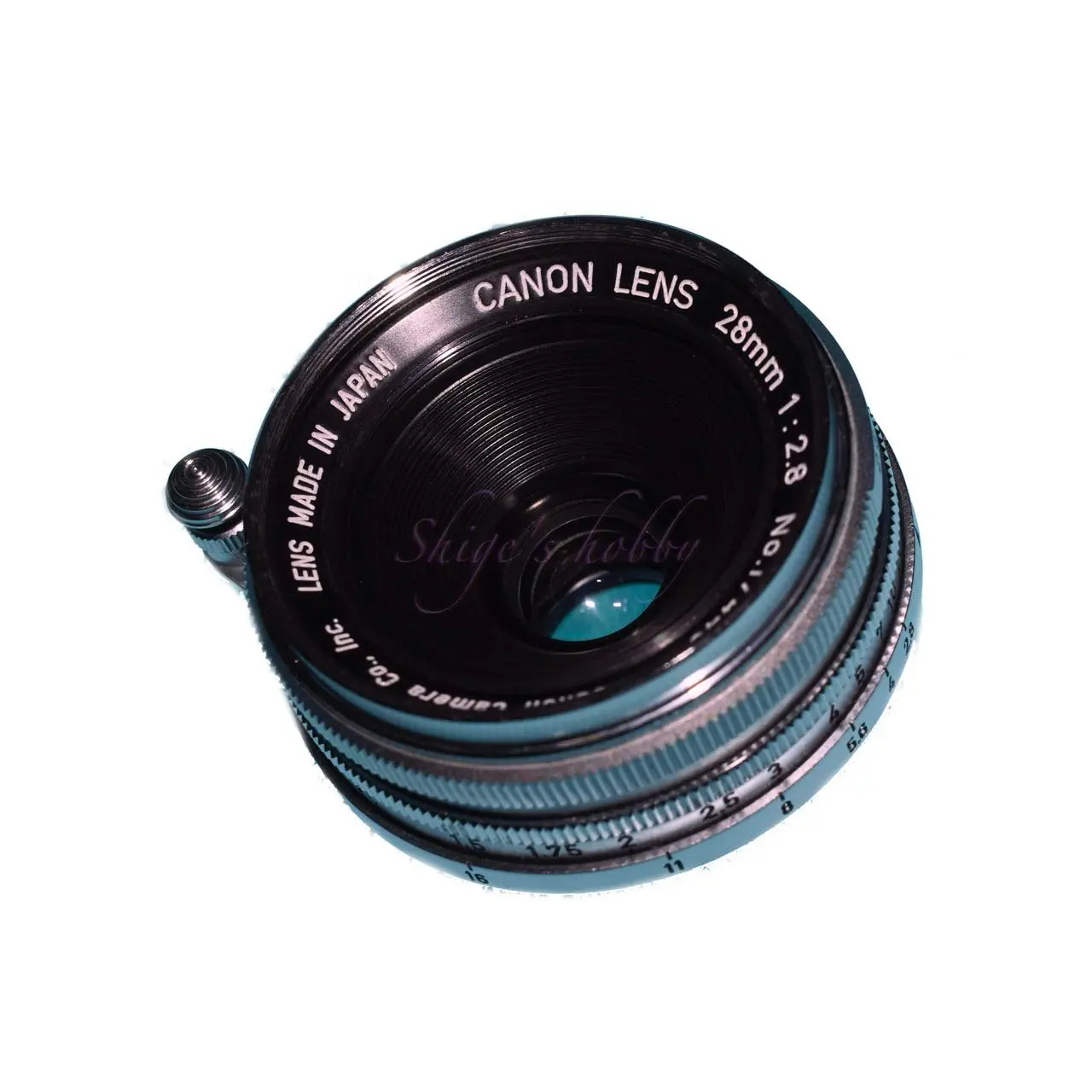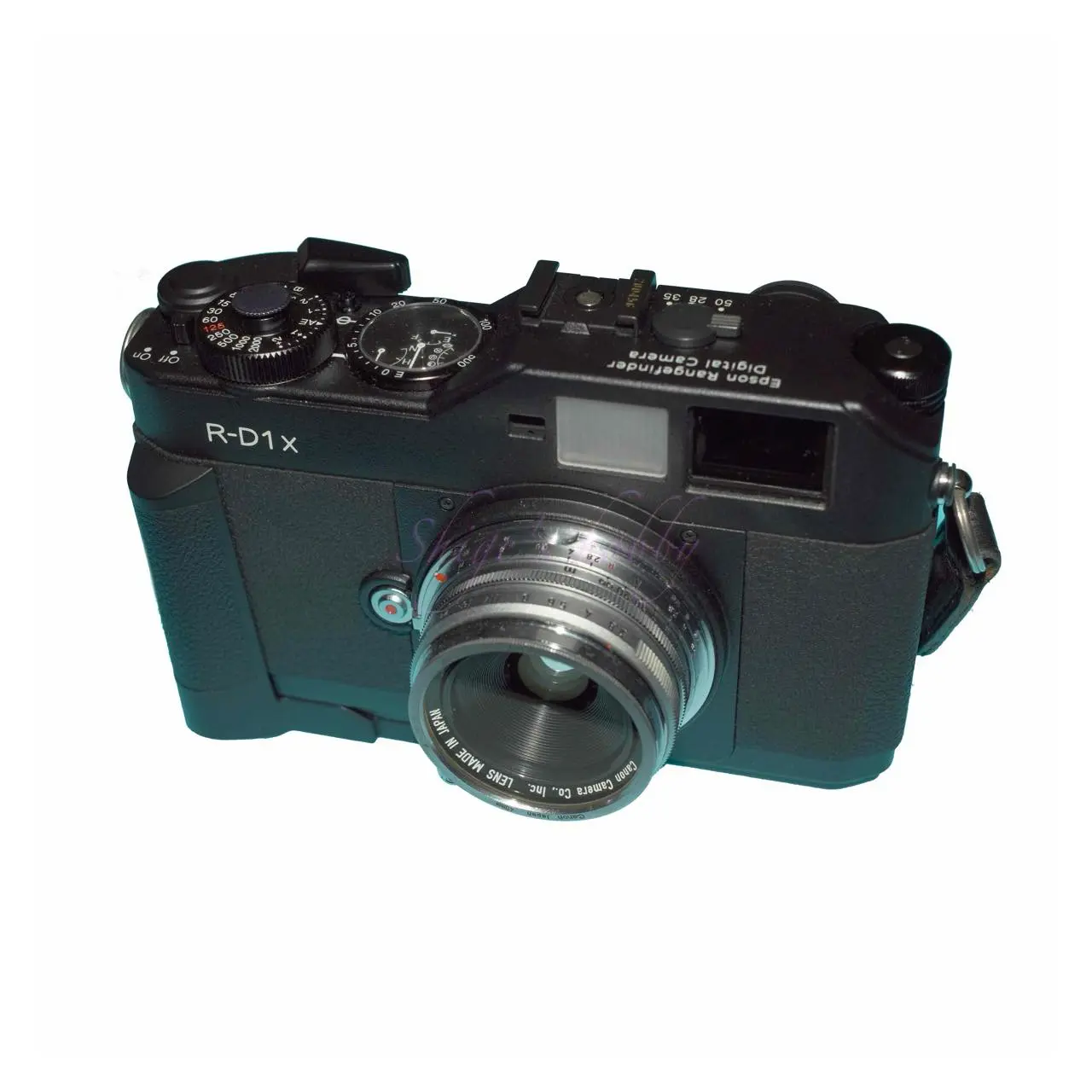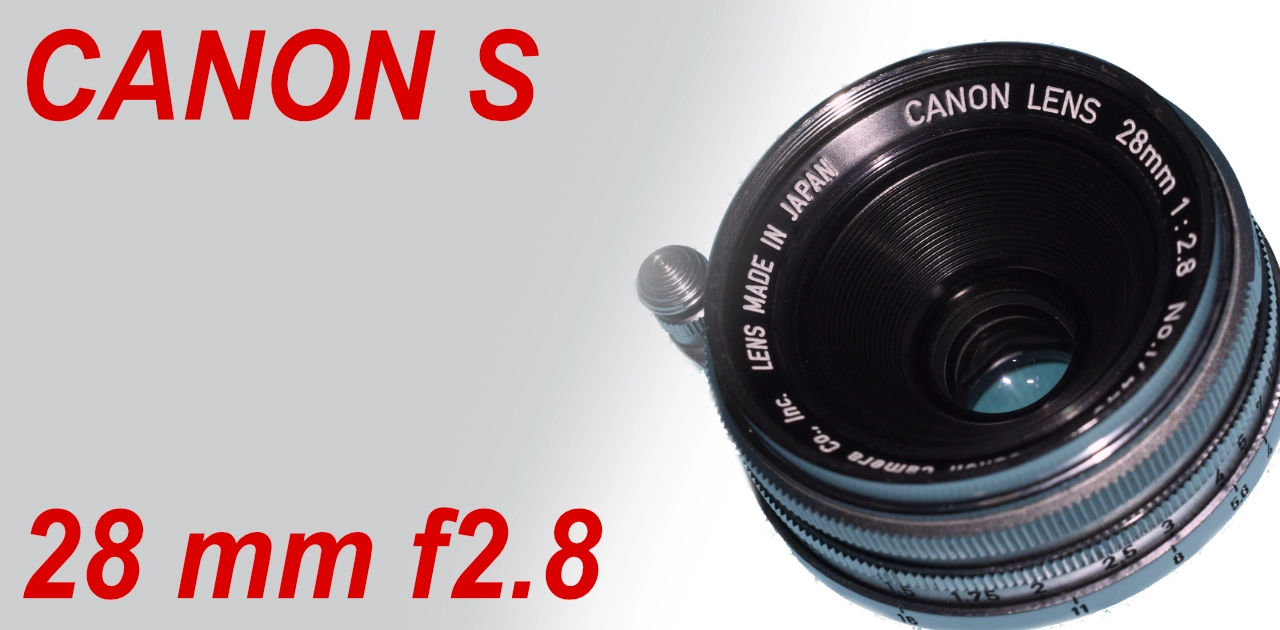A review and sample photos of the L39 screw mount CANON S 28mm F2.8 used with the LEICA M9, LEICA M8.2, and EPSON R-D1xG.
- Please see the disclaimer regarding advertising here.
- Italicized links in the text are advertisement links that take you to other sites.
Table of contents

Gallery
The following cameras were used to take the sample photos:
- LEICA M9
- LEICA M8.2
- EPSON R-D1xG
Review


1.Overview
The CANON S 28mm f/2.8 is a standard lens with an L39 screw mount, released by Canon in 1957 for their Barnack Leica-compatible cameras. Canon refers to it as the S-mount.
The main specifications are as follows, with details provided in the table.
- Aperture: 2.8
- Lens Construction: 6 Elements in 4 Groups
- Aperture Blades: 6
- Minimum Focus: 1.0m
- Rangefinder Coupling for Leica M Rangefinder Cameras: 1.0m
The lens construction is a Gaussian design with 6 elements in 4 groups, with the front and rear two elements cemented together and two separate elements in the middle arranged in a convex-concave order. A lens construction diagram can be found on page 122 of the November issue of the book “Photo Industry,” a special edition titled “Leica Lenses of the World.”
The Canon Museum 28mm f/2.8 does not include a diagram of this lens.
2.Usability
The CANON S 28mm f/2.8‘s lens brightness and barrel size are comparable to modern lenses, making it hard to believe it was made in the 1950s. Other companies’ 28mm lenses from that era only had a brightness of around f/6, highlighting Canon’s cutting-edge technology.
I purchased this lens in the 2010s and used it with the Epson R-D1xG, Leica M8.2, and Leica M9.
For the Epson R-D1xG’s APS-C sensor, the 35mm equivalent focal length is 42mm, while for the Leica M8.2’s APS-H sensor, the 35mm equivalent focal length is 37mm. Cameras with smaller sensor sizes tend to crop the edges, where lens imperfections are more visible, resulting in a more refined image.
The Leica M9, equipped with a 35mm full-frame sensor, exhibits noticeable edge artifacts in bright scenes, but produces image quality that is still relevant today if shots are chosen where this artifact is less noticeable.
In the 2020s, it has become less common on the used market and has become somewhat rare. There isn’t much to offer in terms of performance, so if you’re only concerned with practicality, it would be safer to choose a newer lens, such as the 28mm focal length lens manufactured by Cosina’s Voigtländer brand.
3.Summary
In conclusion , to sum up the CANON S 28mm f/2.8, as mentioned above, it has surprisingly modern specifications that make it hard to believe it’s a lens from 70 years ago, and while its rendering has its quirks, it’s a lens that will make you nostalgic for the time when Canon was actively developing lenses for rangefinder cameras.
This lens could be purchased for around 20,000 yen from the 1990s to the 2000s, but in the 2020s, lenses in good condition have become expensive, so you need to consider whether the appearance and rendering of the lens match your preferences.
Specifications, considerations, etc.
There are many 28mm focal length lenses for rangefinder cameras that are similarly compact and fast, including the GR 28mm F2.8, G-Rokkor 28mm F3.5, AVENON 28mm F3.5, and COLOR SKOPAR 28mm F3.5. However, each lens has its own unique character, and unlike the 28mm focal length of SLR cameras, which are primarily retrofocus, photographers can have fun finding a lens that suits them.
Among these, the AVENON 28mm F3.5 has the same Gaussian lens configuration as the aforementioned CANON S 28mm f/2.8, with six elements in four groups. However, unlike the CANON S 28mm f/2.8 the front and rear elements are separate, while the four central elements are cemented convex and concave, respectively. The AVENON 28mm F3.5 cannot be called a high-performance lens, even as a compliment, and is a testament to the high level of perfection of the CANON S 28mm F2.8.
| Item | CANON S | AVENON 28mm Early(Silver and Black) |
| focal length(mm) | 28 | 28 |
| Maximum aperture | 2.8 | 3.5 |
| Minimum aperture | 22 | 16 |
| Leaf blade | 6 | 6 |
| Lens configuration | 6 elements in 4 groups | 6 elements in 4 groups |
| Minimum distance(m) | 1 | 1.0 |
| Lens length(mm) | 20 | 17.4 |
| Lens max diameter(mm) | 48 | 51 |
| Filter type | 40 | 43 |
| Weight(g) | 160 | 100 |
| Hood | ? | Screw in Trumpet type |
| Lens mount | L39 | L39 |
| Release date | 1957 | 1982,1992 |
| Price | ¥33,000 | ? |
Reference links
Affiliate links
- CANON OLD LENS・Ads by Amazon
- OLD CANON LENS BOOKS・Ads by Amazon

Amazon Prime Sale
Update history
- 2024.9.10


Be First to Comment